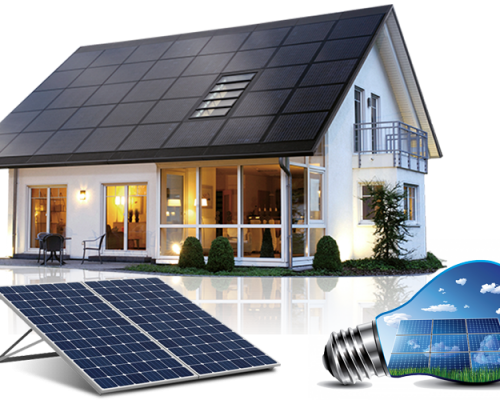Are you familiar with the World Solar Challenge? It is a race specifically for solar cars. Solar cars basically have arrays of photovoltaic cells which converts the sun’s rays into usable electrical energy. The purpose of the race is to raise awareness on the use of the sun’s energy on transportation and the development of other alternative forms of energy particularly the solar cells.
The future of using solar energy on transportation services may still be a little hazy given the practical difficulties involve in converting ordinary cars into solar cars but the idea is here to stay and hopefully develops into something promising and useful.
At this point, solar cars have been built to join solar car races. Very few have been constructed for practical and commercial purposes. There are several reasons why the solar car remains on the background.
The design of a solar car relies on the electrical system of the vehicle. The system controls the electricity the flows from the photovoltaic cells to the batteries, to the wheels, and to the controls. The electric motor that moves the vehicle is powered purely by the electricity produced by the solar cells. The solar cells, depending on the number installed on the vehicle, can produce more or less 1000 watts of power from the sun’s rays. To give you an idea, 1000 watts is just enough electricity to power an electric iron or even a toaster.
And since the sun will most likely be covered by clouds at one time or the other, or the car goes through a tunnel or something, solar cars are equipped with batteries to serve as backup power supply for the motor. The battery packs are charged by the solar cells. However, the batteries are not charge while driving the solar car unless you intend to go very slow.
Just like a gas pedal in conventional motors, a motor controller regulates the amount of electricity that enters the motor to speed up or slow down the vehicle whenever needed. Solar cars are not that slow as perceived by almost everyone. These cars can go to as fast as 80-85 mph.
With this, you can see why solar cars are not yet into commercial production. Nowadays, solar cells can harness more than 21% of the sun’s energy that hit the surface. If the time comes that the cells can actually get more energy from the sun then maybe we can see solar cars on the streets. But at this time, it is quite difficult to make a commercial production model of a solar car.
Nevertheless, there are companies who have already created some concept solar cars and are testing how road worthy they are. There’s even a scooter that is street legal and runs from batteries charged from photovoltaic cells. Other possible application of solar car technologies is on golf carts which runs pretty slow in the first place and can be appreciated by golfers as well. The future of solar energy on transportation is still not that clear. The application of solar energy on homes and buildings has been moving forward in recent years so hopefully we can find new ways of converting the sun’s energy into usable electricity. And this time something that can be economically and efficiently installed in conventional cars.




















